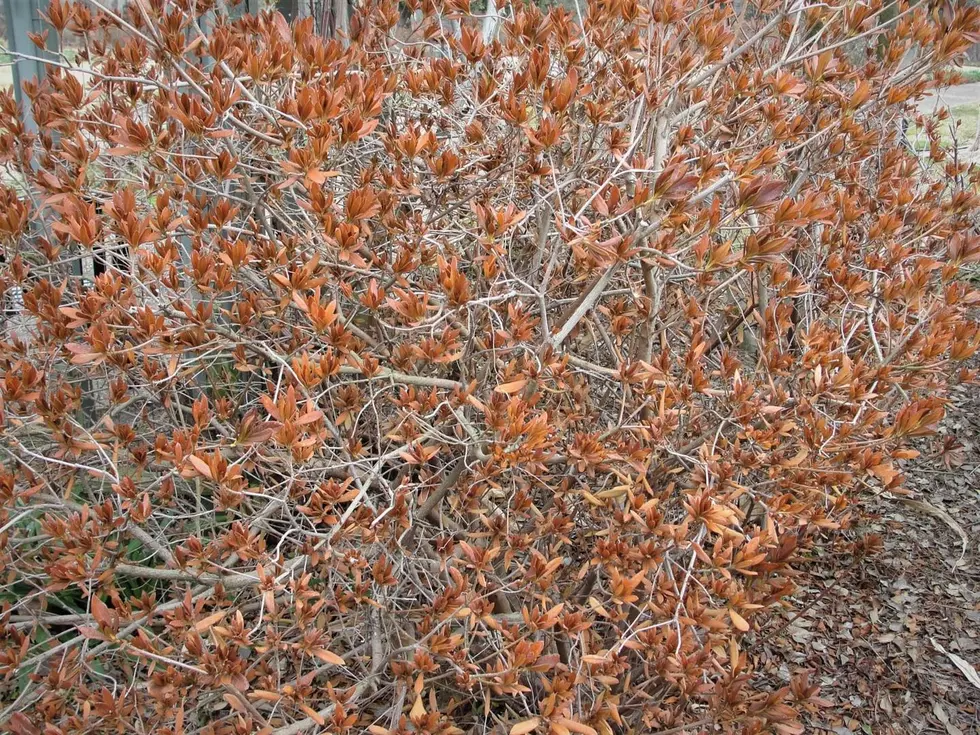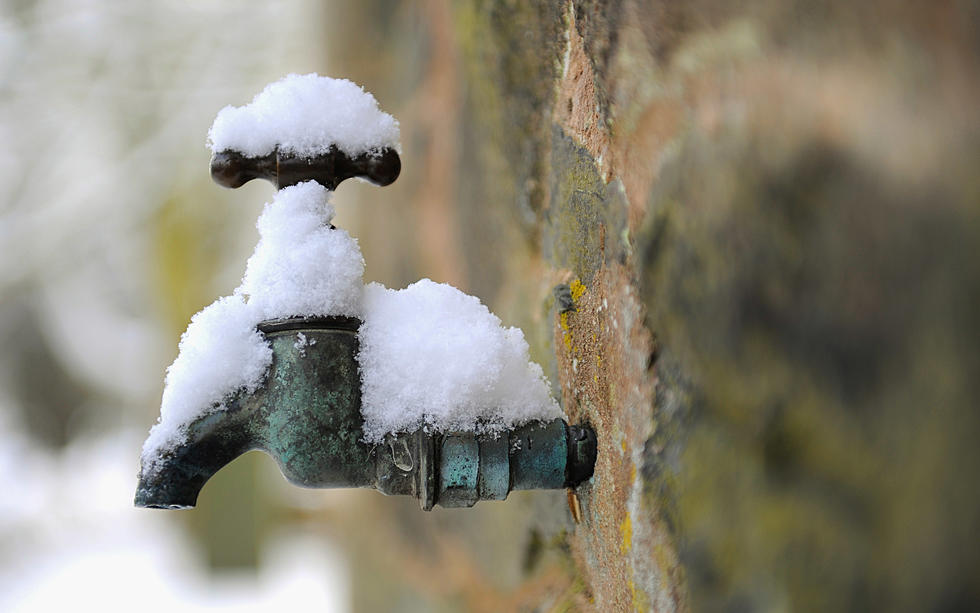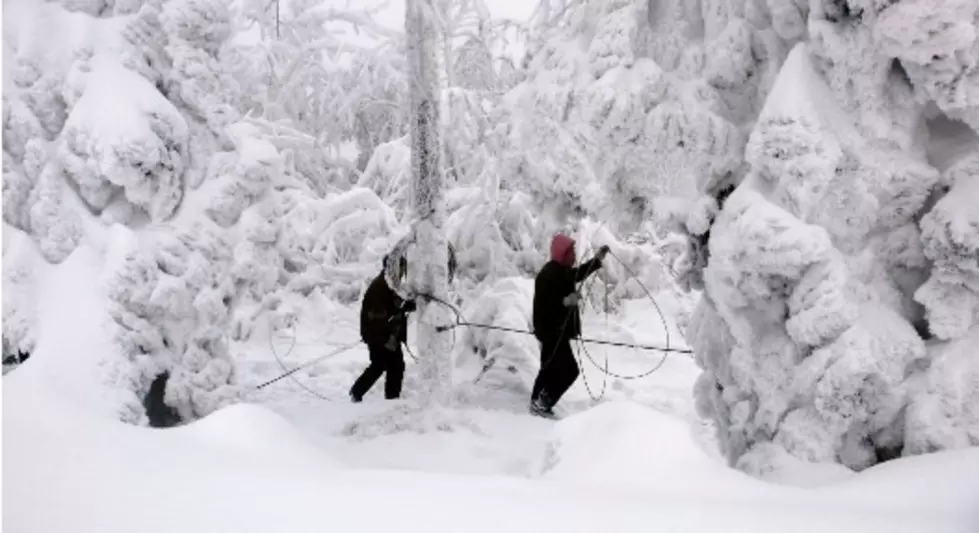
Azaleas at Shreveport’s Norton Art Gallery Damaged in Freeze
Azaleas all across the region died in the February freeze and some of them will not be able to be saved. But there is some hope.
Horticulturalist Greg Grant says you should scratch a little of the bark off of your azalea branches and if it's green underneath, there might be hope.
At the Norton Art Gallery in the heart of South Highlands, the azaleas took a big hit.
All blooms are most likely lost on most varieties, certainly on Southern Indicas. Most foliage is dead too, except on a very few varieties and those protected or in select microclimates. There will be all kinds of stem damage I imagine but there is nothing to do now except wait and see where they resprout from, most likely the ground or below what was the snow line which insulated them. Many stems will crack but I'd wait and do all the cutting at the same time when it's obvious what is alive and what isn't.
Head groundskeeper at Norton, Kip Casciola Dehart says there is no way of currently knowing the extent of the damage or whether the plants will survive or not. It will take several months to know, if or when, they start to resprout.
Here is one example of what you can do if your azaleas are looking dead.
But this is the time of year when we would usually be enjoying the beautiful blooms at the gardens. Though no photography is allowed on the grounds, it is one of the most beautiful spots in our city to enjoy the spring blooms. But the azaleas are brown and sad looking.
Dehart says for many other plants and bushes including
Evergreen Shrubs, vines, and even groundcovers like Asian jasmine, camellias, confederate jasmine, eleagnus, fatsia, fig ivy, gardenias, Indian hawthorns, ligustrum, loquats, loropetalum, oleander, pittosporum, privet, roses, sasanquas, sweet olive, Texas sage, wax myrtle, etc.): Wait until they start to resprout from the existing stems or the ground, then cut away dead and leave the living.

She adds there will most likely be no blooms this year and all old foliage will most likely fall off. She says "many of these plants are from somewhat subtropical Asia and simply aren’t used to zero degrees. Most broadleaf evergreens prefer milder climates while narrow leafed evergreens are more adapted to colder climates."
Is there anything you can do to speed up the process to get the bushes healing? Not really say the experts. Dehart says watering, pruning, or fertilizing won’t make it happen any quicker. She says we have to hope for warm temps during the day and night. But she reminds you that some of the damage might not show up for several weeks.
As you drive around town, take a look at all the azaleas that have died. I know all of mine around my house are dead. I am hoping I might be able to save a few of them.
Top 8 Outdoor Activities That Make Us Feel Like a Kid Again
More From 96.5 KVKI









